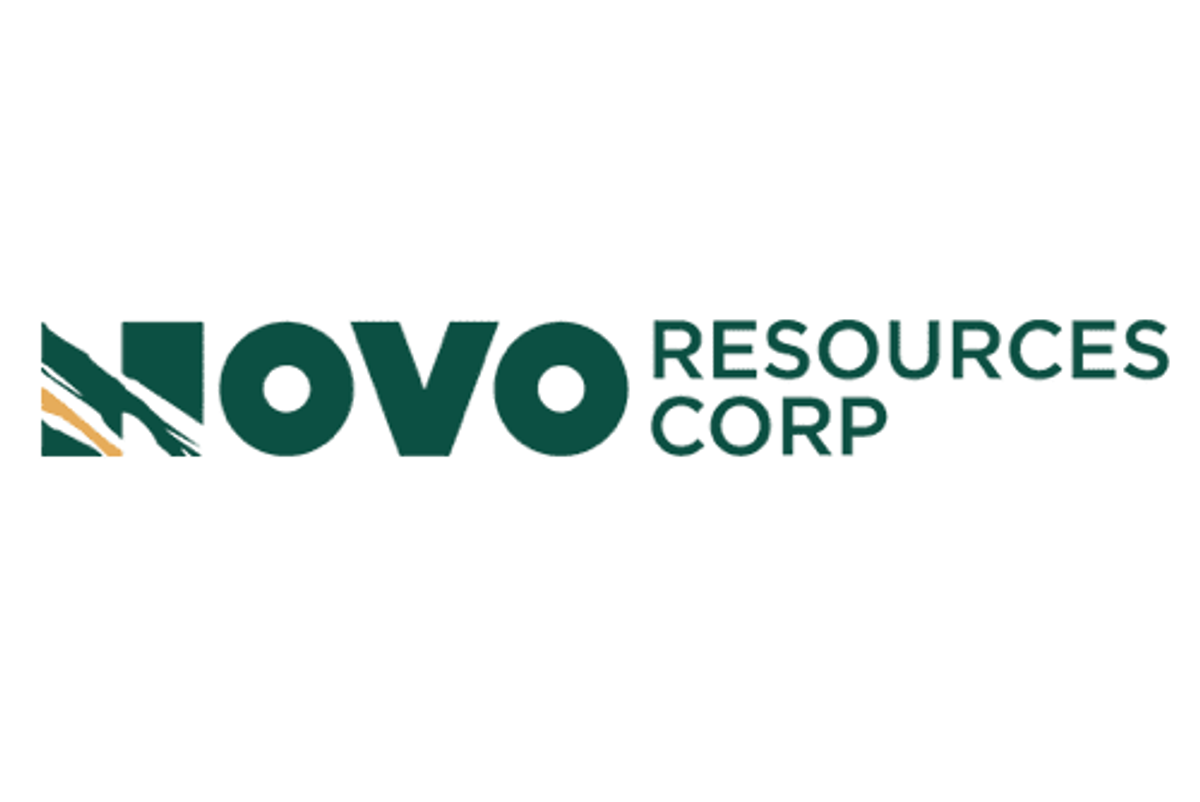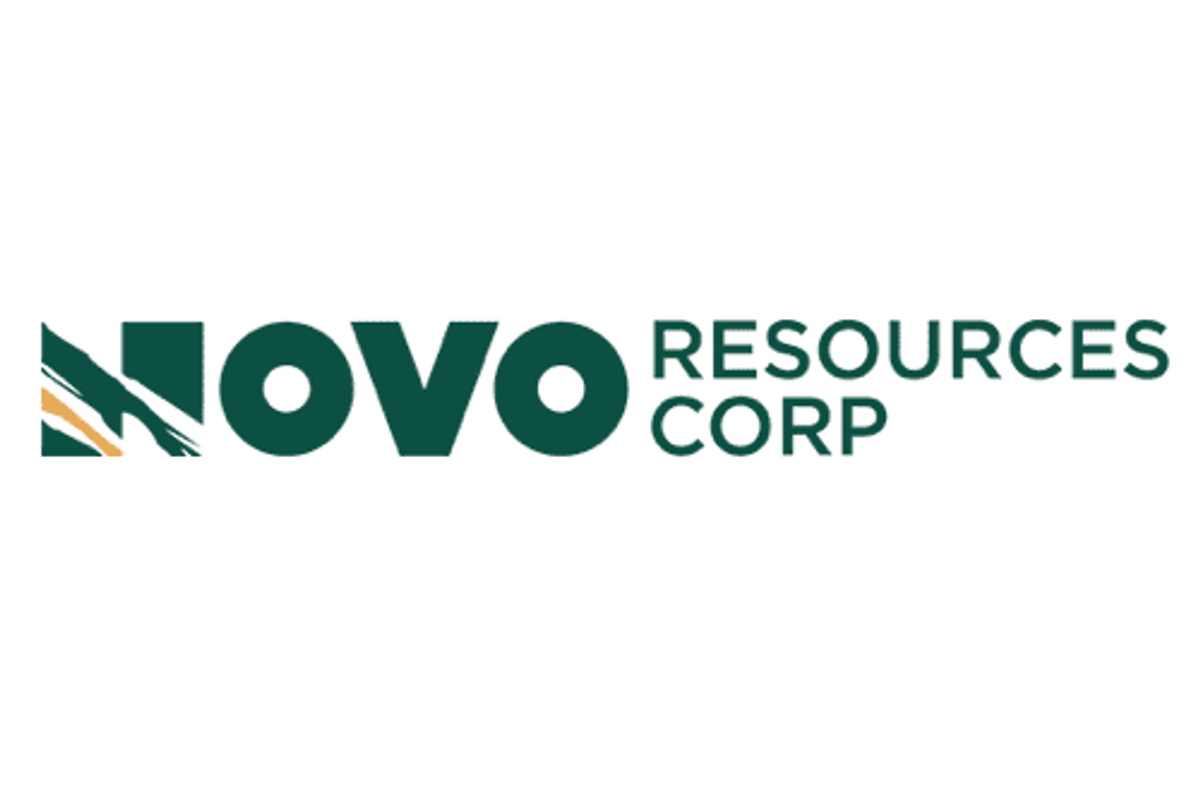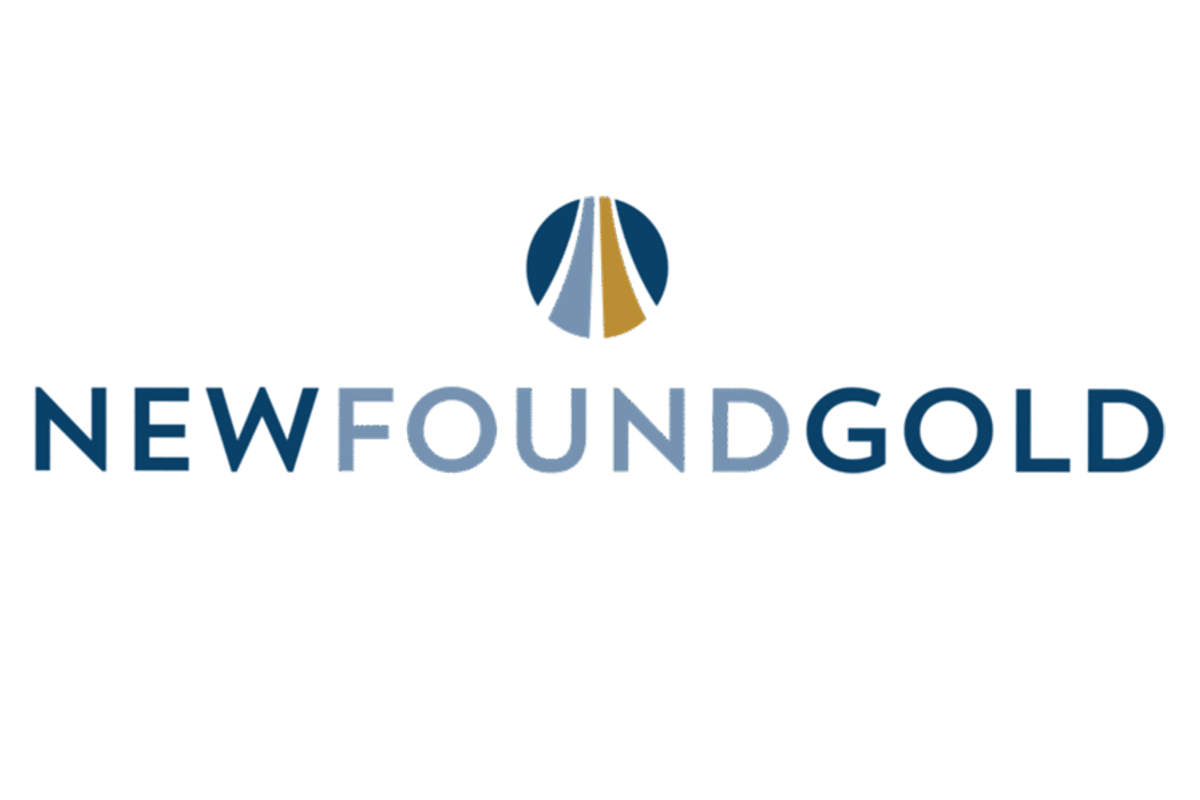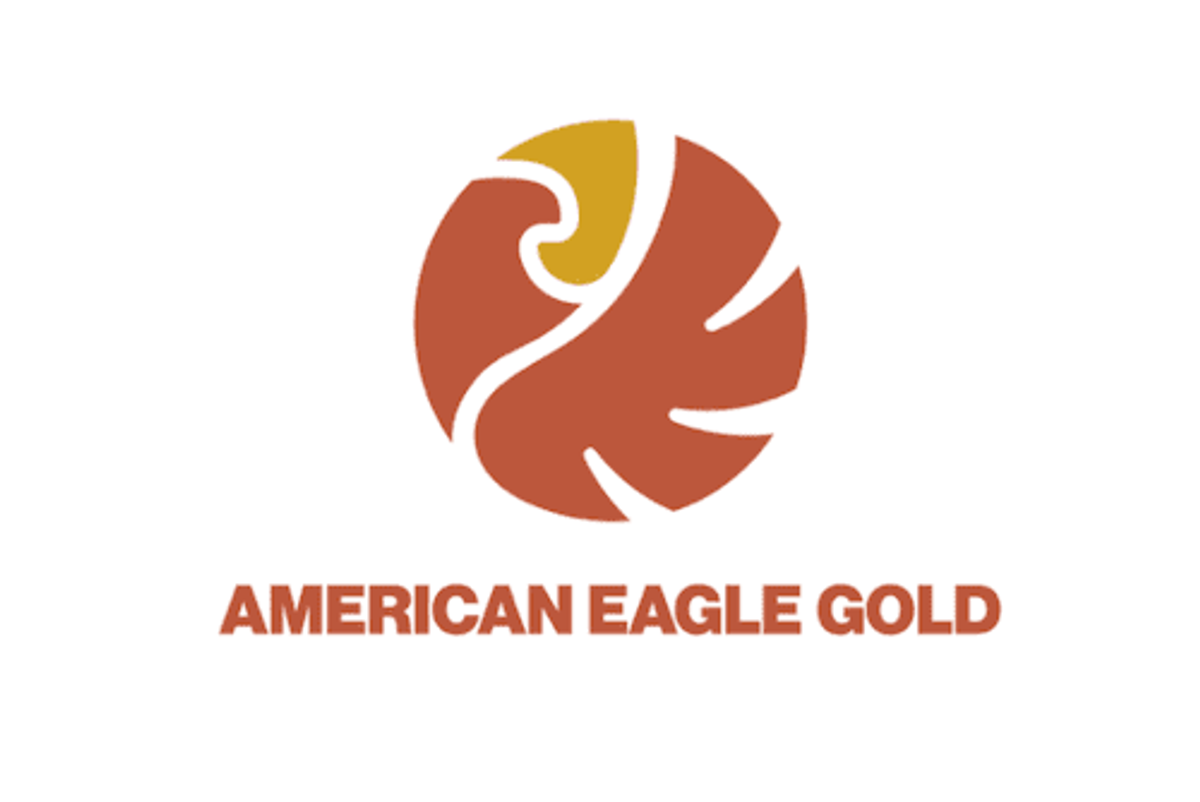
Novo Resources Corp. ( "Novo" or the "Company" ) (TSX: NVO, NVO.WT & NVO.WT.A) (OTCQX: NSRPF) wishes to advise that operations have resumed at its Golden Eagle processing facility (" Golden Eagle Mill ").
As announced on November 1, 2021 , the Golden Eagle Mill underwent opportunistic maintenance for approximately seven days while the Company repaired its main crushing unit after encountering additional wear during routine scheduled maintenance. Crusher repairs are now complete, and the Golden Eagle Mill was re-started today as a result.
Mining operations continued during the shut, and stockpiles have increased to approximately 370,000 tonnes as a result, putting the operation in a strong position leading into the wet season.
In addition, the Company advises that the first phase of a raise to its tailings storage facility is complete and the requisite operating licence has been issued by the Western Australian Department of Water and Environmental Regulation. This phase will provide approximately 12 months of processing capacity. Completion of the second phase is scheduled for early 2022. This second phase will provide approximately another 12 months of processing capacity, in addition to the 12 months provided by the first phase.
ABOUT NOVO
Novo operates its flagship Beatons Creek gold project while exploring and developing its prospective land package covering approximately 13,250 square kilometres in the Pilbara region of Western Australia. In addition to the Company's primary focus, Novo seeks to leverage its internal geological expertise to deliver value-accretive opportunities to its shareholders. For more information, please contact Leo Karabelas at (416) 543-3120 or e-mail leo@novoresources.com .
On Behalf of the Board of Directors,
" Michael Spreadborough "
Michael Spreadborough
Executive Co-Chairman
Forward-looking information
Some statements in this news release contain forward-looking information (within the meaning of Canadian securities legislation) including, without limitation, that the current stockpile balance will put the operation in a strong position leading into the wet season, and that the first and second construction phases on the Company's tailings storage facility will each provide an additional 12 months of processing capacity. These statements address future events and conditions and, as such, involve known and unknown risks, uncertainties and other factors which may cause the actual results, performance or achievements to be materially different from any future results, performance or achievements expressed or implied by the statements. Such factors include, without limitation, the actual time required to refurbish and reinstall the worn crusher components, customary risks of the resource industry and the risk factors identified in Novo's management's discussion and analysis for the six-month period ended June 30, 2021, which is available under Novo's profile on SEDAR at www.sedar.com. Forward-looking statements speak only as of the date those statements are made. Except as required by applicable law, Novo assumes no obligation to update or to publicly announce the results of any change to any forward-looking statement contained or incorporated by reference herein to reflect actual results, future events or developments, changes in assumptions or changes in other factors affecting the forward-looking statements. If Novo updates any forward-looking statement(s), no inference should be drawn that the Company will make additional updates with respect to those or other forward-looking statements.







